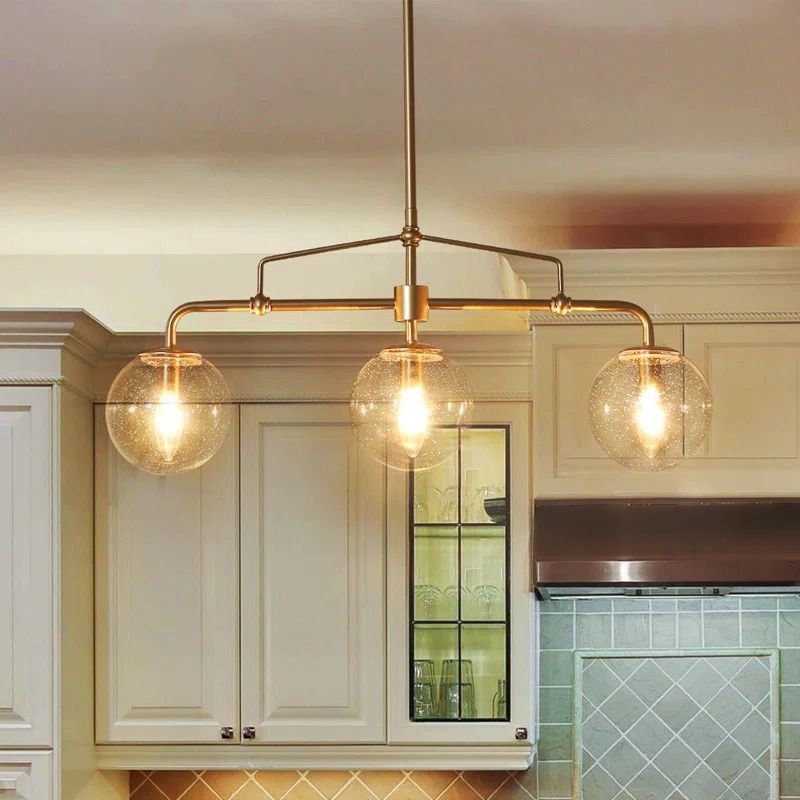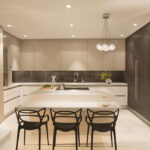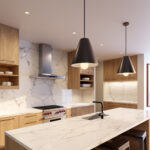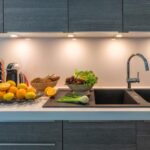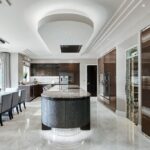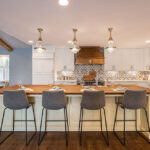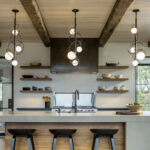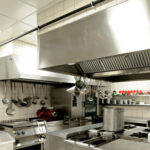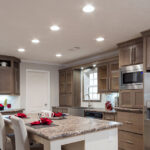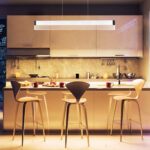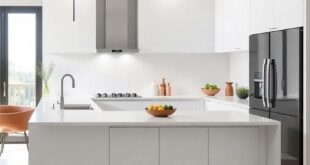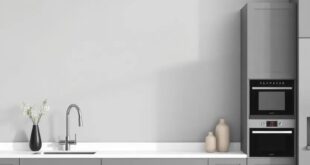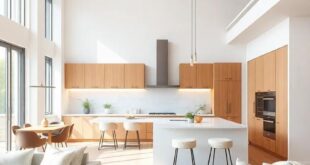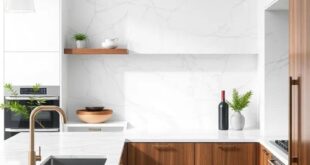When it comes to designing a kitchen, lighting is a key element that can often be overlooked. However, the right lighting can transform a kitchen from a functional space to a welcoming and inviting environment.
There are several different types of lighting that can be used in a kitchen, each serving a different purpose. Task lighting is essential for food preparation and cooking, providing bright, focused light over work surfaces such as countertops and stovetops. This type of lighting can be achieved through under cabinet lighting, pendant lights, or track lighting.
Ambient lighting is another important aspect of kitchen lighting, providing overall illumination for the entire space. This can be achieved through ceiling lights, recessed lighting, or chandeliers. Ambient lighting helps to create a warm and inviting atmosphere in the kitchen, making it a more enjoyable space to cook and entertain in.
Accent lighting is a third type of lighting that can be used in a kitchen to highlight specific features or areas. This can include lighting inside glass-front cabinets, above a kitchen island, or over a sink. Accent lighting adds depth and visual interest to the kitchen, drawing attention to key design elements.
In addition to choosing the right types of lighting, it’s also important to consider the color temperature of the bulbs used. Warm white light (around 2700-3000 Kelvin) is typically best for kitchens, as it creates a cozy and inviting atmosphere. Cool white light (around 3500-4100 Kelvin) can be too harsh and clinical, while daylight white light (around 5000-6500 Kelvin) can be too harsh and bluish for a kitchen setting.
When planning the lighting for a kitchen, it’s important to consider the layout of the space, the activities that take place there, and the overall design aesthetic. By incorporating a combination of task, ambient, and accent lighting, as well as choosing the right color temperature for the bulbs, you can create a well-lit and visually appealing kitchen that is both functional and beautiful.
 Decorationg Interior Design
Decorationg Interior Design
